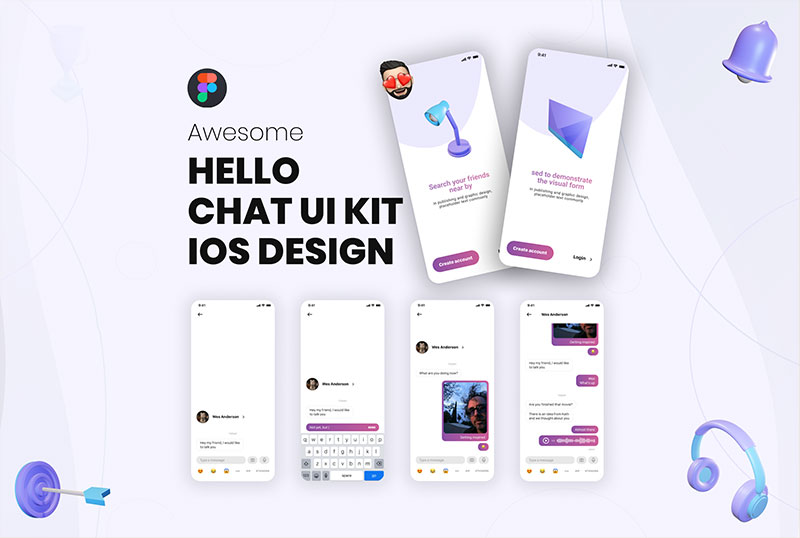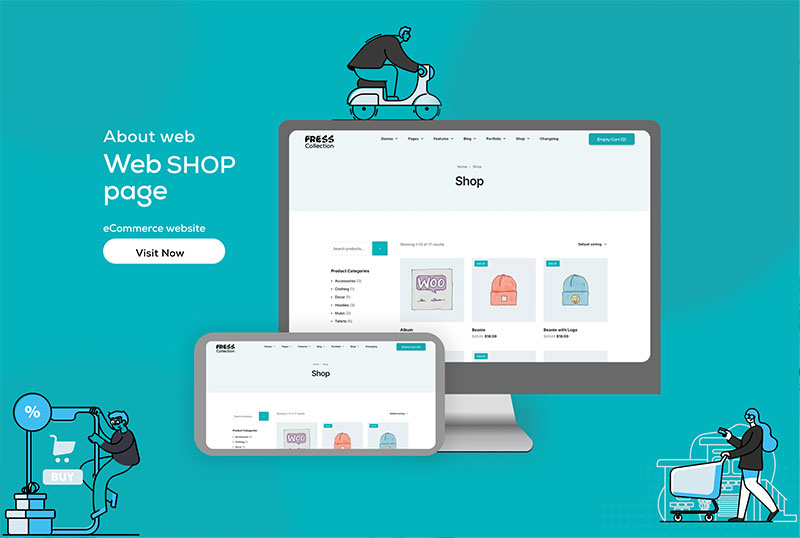B2b Website Design Service

01
Main Home

02
Creative Agency

03
Horizontal Portfolio

04
Chequered Blog

05
Freelancer Home

06
App Showcase

07
Portfolio Masonry

08
Shop Home

09
Product Showcase

10
Blog Home

11
Interactive Links

12
Portfolio Carousel

13
Architecture Studio

14
Designer Home

15
Shop Metro
Plumthumb Website Design Agency
Types of Plumthumb Website Design Services
There are various types of web design services that businesses and individuals can choose from depending on their needs and goals. Some of the most common types of web design services include:
- Custom web design: This involves creating a website from scratch, tailored to the specific needs and requirements of the client.
- Template-based web design: This involves using pre-designed templates to create a website, with some customization to fit the client’s branding and content.
- Responsive web design: This involves creating a website that adjusts its layout and content to fit the screen size of the device being used to access it, ensuring a seamless user experience across all devices.
- E-commerce web design: This involves creating a website specifically for online shopping, with features such as product listings, shopping carts, and payment processing.
- CMS-based web design: This involves creating a website using a content management system (CMS) such as WordPress or Drupal, allowing the client to easily update and manage their website content.
- Landing page design: This involves creating a single page website with a specific purpose, such as promoting a product, service, or event.
- UI/UX design: This involves creating a website that is not only visually appealing but also user-friendly, with a focus on the user experience (UX) and user interface (UI) design.
- Website Development
- Website Maintenance
- Business website design
- E-commerce website design
- Portfolio website design
- Godaddy website design
- Shopify website design
- Wix website design
- WordPress website design
Each of these web design services has its own unique advantages and disadvantages, and the best one for a particular business or individual will depend on their specific needs and goals.
At IdeaHits, we specialize in creating visually stunning and highly functional websites that help our clients achieve their online goals. Our team of skilled designers and developers work collaboratively with our clients to understand their unique needs and create custom solutions that are tailored to their specific requirements.
We offer a comprehensive range of website design services, including website development, website redesign, website maintenance, and website optimization. Whether you’re a small business owner looking to establish an online presence or a large corporation seeking to enhance your digital footprint, we have the expertise and experience to deliver results.
Our website design process starts with a thorough understanding of your business and your target audience. We work closely with you to develop a website design that is both visually appealing and user-friendly, ensuring that your website visitors have a seamless browsing experience.
We also prioritize website functionality, ensuring that your website is optimized for performance, speed, and security. Our team of developers uses the latest technologies to ensure that your website is fully responsive, mobile-friendly, and compatible with all major web browsers.
At IdeaHits, we are committed to providing exceptional website design services that help our clients achieve their online goals. Contact us today to learn more about how we can help you create a stunning and highly effective website that drives business growth and success.
Our Plumthumb web design process typically involves several steps, each of which plays a critical role in creating a successful website for your brand or business. The following are the typical steps in a website design process:
- Discovery: In this initial stage, the website designer will work closely with the client to understand their business, target audience, goals, and any specific requirements they may have for the website.
- Planning: Based on the information gathered in the discovery stage, the website designer will create a plan for the website, including a site map, wireframes, and design mockups.
- Design: Once the plan is finalized, the website designer will create the visual design of the website, including color schemes, typography, and images.
- Development: In this stage, the website designer will create the actual website, using coding languages such as HTML, CSS, and JavaScript. This may involve creating custom functionality, integrating third-party tools, and testing the website across various devices and browsers.
- Content Creation: The website designer may also work with the client to create high-quality content that is optimized for search engines and aligned with the overall design of the website.
- Testing: Once the website is fully developed, the designer will conduct thorough testing to ensure that it is functional, responsive, and optimized for speed and performance.
- Launch: After the website has been tested and approved by the client, it is launched and made available to the public.
- Maintenance: The website designer may also provide ongoing maintenance services to ensure that the website remains up-to-date, secure, and free of technical issues.
Powerful Design.
Random Designs
Contact Us for Your Website and App UI
Frequently Asked Questions
01 What is the Importance of Having a Website for My Automotive Business?
A website is an essential tool for any business, including those in the automotive industry. It provides a platform to showcase your products and services, connect with potential customers, and establish your brand online. A website can help you reach a wider audience, build trust with your customers, and improve your online reputation.
02 How Can I Make Sure That My Website Design Reflects My Brand's Personality and Values?
To ensure that your website design reflects your brand’s personality and values, you need to work with a team of designers who understand your business goals and vision. They can create a custom design that aligns with your brand’s aesthetics, messaging, and values. You can also provide feedback throughout the design process to ensure that the final product meets your expectations.
03 What are the Essential Features That My Automotive Website Should Have?
Some essential features that your automotive website should have include clear and concise messaging, high-quality images and videos, a user-friendly interface, easy navigation, clear calls to action, contact information, and a mobile-friendly design. Depending on your business goals, you may also want to include features like online booking, chat support, or an e-commerce store.
04 How Can I Optimize My Website for Search Engines?
To optimize your website for search engines, you need to follow best practices like using relevant keywords, creating high-quality content, optimizing your meta tags, ensuring fast loading speeds, and building high-quality backlinks. You can also use tools like Google Analytics to track your website’s performance and make data-driven decisions.
05 How Can I Ensure That My Website Is User-Friendly and Easy to Navigate?
To ensure that your website is user-friendly and easy to navigate, you need to consider factors like layout, design, and functionality. Your website should have a clear and organized structure, with a simple and intuitive interface. It should also load quickly, have clear calls to action, and be optimized for all devices.
06 How Can I Measure the Performance of My Automotive Website?
You can measure the performance of your automotive website using tools like Google Analytics, which can track metrics like traffic, bounce rates, conversions, and more. This data can help you make data-driven decisions and optimize your website for better performance.
07 What Is the Cost of Designing a Website for An Automotive Business?
The cost of designing a website for an automotive business can vary depending on several factors, including the size and complexity of the website, the level of customization required, and the specific features and functionality needed. It’s best to get a quote from a web design agency to get a more accurate estimate.
08 How Long Does It Take to Design and Launch an Automotive Website?
The time it takes to design and launch an automotive website can vary depending on several factors, including the size and complexity of the website, the level of customization required, and the specific features and functionality needed. Typically, the process can take anywhere from a few weeks to several months.
09 How Can I Make Sure That My Website Is Secure and Protected Against Cyber-Attacks?
To ensure that your website is secure and protected against cyber attacks, you need to follow best practices like using strong passwords, using secure hosting, regularly updating your software, and implementing security protocols like SSL encryption. You can also work with a web design agency that specializes in security to ensure that your website is secure.
10 Can You Provide Ongoing Support and Maintenance for My Automotive Website After It Is Launched?
Yes, at IdeaHits, we offer ongoing support and maintenance services to ensure that your website stays up-to-date with the latest trends and technologies. Our team can help you with everything from updating your content to implementing new features and functionality.












